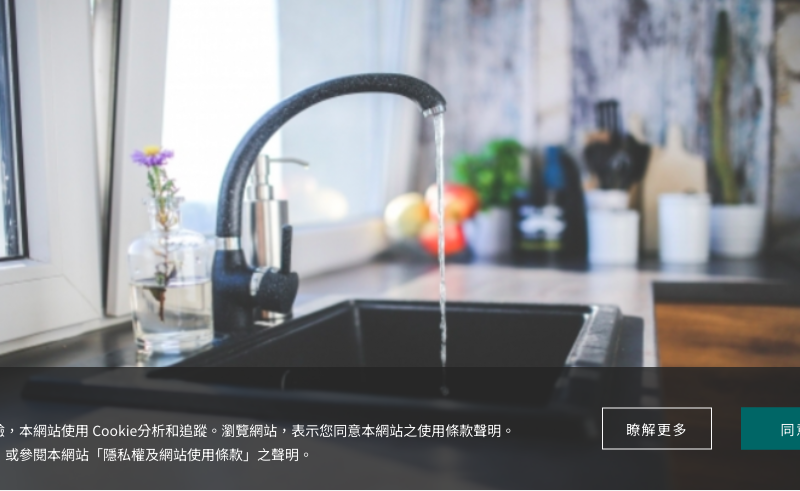
Everyone loves stainless steel utensils, but how to clean stainless steel kitchenware always causes concern. Especially for kitchen utensils and tools used daily, if they are not cleaned properly, is it safe to ingest the murky black residue? Or do you think simply washing them once with a cleaning product will thoroughly remove the dirt? No! To completely remove the black residue, you must use the correct cleaning method to keep it far away from us. Now, let’s use 5 simple cleaning tips to easily dissolve the grime on stainless steel kitchenware!
Why use stainless steel kitchenware?
Stainless steel is a general term for alloy steel containing 10-30% chromium, which has notable corrosion and heat resistance. Other substances, such as nickel and aluminum, can be added to the surface to create an anti-rust oxide film, thereby enhancing corrosion resistance and anti-oxidation. There are over 180 types of stainless steel on the market today. Among them, #430, which contains 16-18% chromium, low carbon content, and is magnetic, is considered the best stainless steel material.
Taiwanese people commonly refer to it as “white iron” because of the stainless steel surface’s white color and resistance to rusting. Stainless steel utensils are widely used and can be seen everywhere in daily life, such as stainless steel sinks, carts, trash cans, and so on. Furthermore, stainless steel products can be 100% recycled and reused, so they still retain residual value even at the end of their lifespan.
Comparison of Stainless Steel Kitchenware Advantages and Disadvantages
Stainless Steel Kitchenware
| Advantages | Disadvantages |
|---|---|
| Excellent durability | Higher price |
| Strong anti-corrosion properties | Visually cold |
| Environmentally friendly material | Oxidation phenomenon |
| Good processability | Scratches are irreparable |
| Fireproof and heat-resistant | |
| Impact resistant | |
| High hardness |
Does stainless steel kitchenware rust? What is the principle?
The main components of stainless steel are iron and chromium. The reason it does not easily rust is that chromium forms an oxide protective film on the surface, providing corrosion resistance. The chromium content must be 11% or more to form this protective film and achieve the anti-rust effect. Different stainless steel materials have different corrosion resistance and ductility. For example, #304 stainless steel material, with 18% chromium and 8% nickel, is characterized by being non-magnetic and having good processability, so it is widely used in the market.
Generally, stainless steel materials with more nickel are higher in price because of their strong corrosion resistance and low propensity to rust. However, if exposed to air for a long time, acidic particles or other chemical components in the air can cause oxidation on the surface, forming rust spots. At this point, you must use some methods to clean and maintain stainless steel kitchenware.
How to Clean Stainless Steel Kitchenware (Including Stainless Steel Sink Cleaning)? 5 Cleaning Tips
Although stainless steel kitchenware is corrosion-resistant, if it is not maintained and is exposed to the air for a long time, rust spots may eventually appear. Therefore, cleaning stainless steel has become a popular topic, as people feel uneasy about using it if it is not clean. By following the 5 stainless steel cleaning tips below, you can clean effortlessly and without stress.
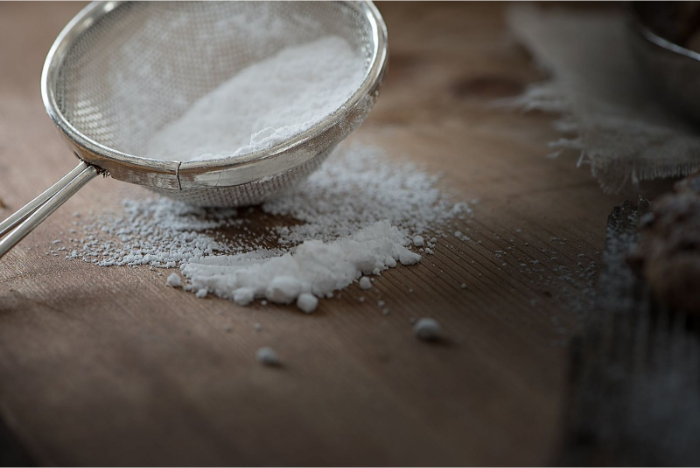
Magic at Your Fingertips | Flour You can use flour to check whether stainless steel kitchenware is completely clean. Pour flour into your stainless steel kitchenware, then start kneading a dough. Once kneaded, use the dough to repeatedly press against and lift off the surface of the stainless steel kitchenware to absorb the black residue from the kitchenware. Repeat the process until the dough has absorbed all the black residue. Stainless steel kitchenware with the black residue removed will shine like new.
How to Clean Stainless Steel with Baking Soda Stainless steel limescale is most afraid of baking soda. Simply scrubbing stainless steel kitchenware with baking soda can easily remove annoying limescale. For stainless steel utensils, common stainless steel kettles often get covered in burn marks. At this point, simply use baking soda dampened with water, rub back and forth, and rinse to restore the shine!
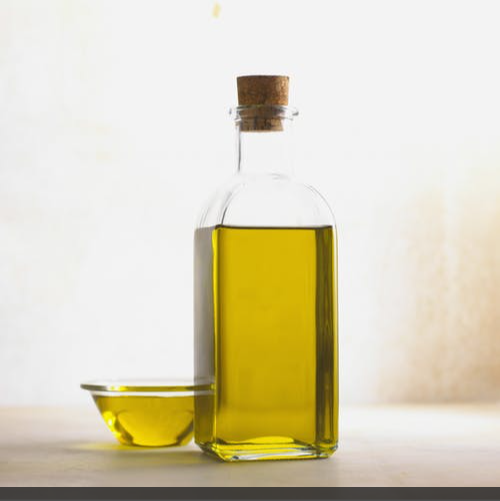
Household Essentials | White Vinegar and Olive Oil To clean stainless steel kitchenware, you can use the household essentials: white vinegar and olive oil. Simply pour white vinegar onto a cloth or kitchen paper towel, wait a moment, and then wipe the stainless steel utensil you wish to clean. Repeat the wiping process multiple times to remove the grime. After cleaning, pour a little olive oil and evenly apply it to the stainless steel utensil to achieve a polishing effect.
Unexpected Effect | Lemon Juice Natural detergent, lemon juice, has excellent results in restoring metal luster due to its acidic components. Homemade lemon juice allows you to adjust the concentration, making it quick and convenient to use. Simply spray lemon juice onto the stainless steel kitchenware, clean with a brush, and rinse. This will restore the shine and cleanliness of the stainless steel utensil, leaving you with sparkling kitchenware!
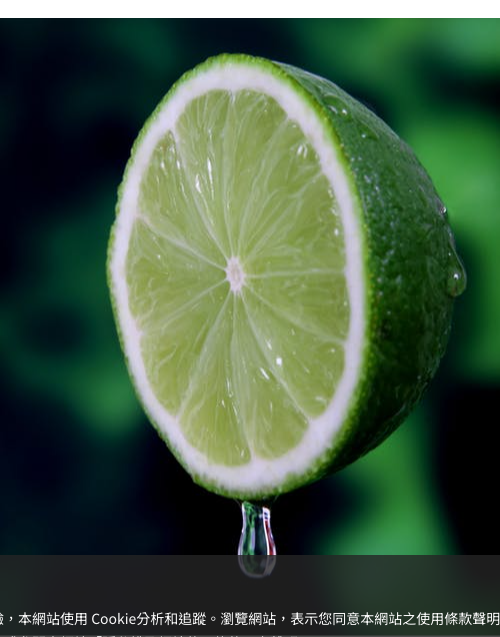
Daily Helper | Water and Detergent After using stainless steel kitchenware, if there is not much grime, it is recommended to use warm water and a lint-free cloth for daily cleaning. Since the minerals in water can leave residue on the stainless steel, wiping with a towel or cloth can prevent water spots from forming. You can also purchase a special polishing cloth for a final polishing of the stainless steel kitchenware.
What are the cleaning tools for stainless steel? Rubber Gloves: Use rubber gloves to protect your hands from harm. Various Cleaning Brushes: Using a brush to clean can save effort and achieve better results. Stain Remover Detergent: You can choose commercially available detergents, or use the cleaning methods recommended above to restore the sparkle.
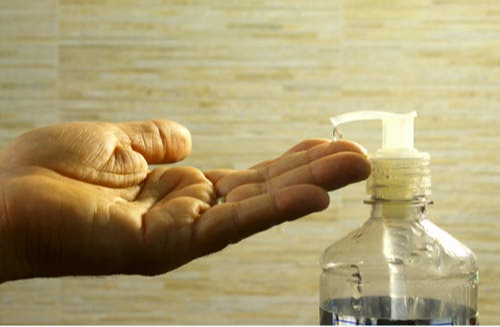
After reading this article, you should have a better understanding of how to clean stainless steel! If you want to learn more about stainless steel utensil maintenance, you can also refer to the tips for maintaining stainless steel products. If you have any other questions about stainless steel kitchenware, you can go to Contact Us and fill out the form, and we will reply as soon as possible.